You all know the old adage about icebergs, right? About how what you can see is just the tip? It’s based on fact—almost all icebergs are 90% submerged. That means the icy mountains you see floating in the ocean are actually far, far larger than even their massive above-surface appearance.
(via Colossal)
So, what does the rest of the iceberg look like? On the surface, they’re usually weathered and covered with snow, and the rest of them remain in mystery under the frigid water. But not always. On rare occasion, icebergs will flip over in the water, exposing their bottoms, so to speak, to the air, and to human eyes. Because they’re so large, these flips can can cause massive waves that can endanger ships.
Luckily, photographer Alex Cornell was out of such danger on an expedition to Antarctica, where he got to see firsthand a flipped iceberg. The ice, free of snow and debris, is startlingly clear and a strikingly beautiful blue color. It reminds us that no matter how much we think we’ve seen, there’s always something new to experience.
You can see more of Cornell’s Antarctic voyage (including penguins and seals!) on his website, and see more of his work on Instagram and Twitter.
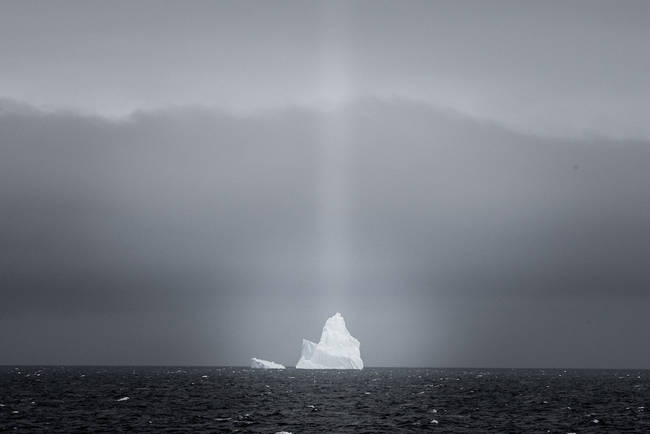 share
share
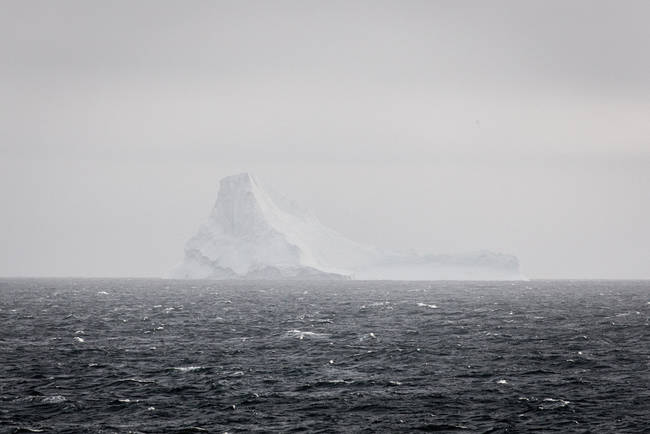 share
share
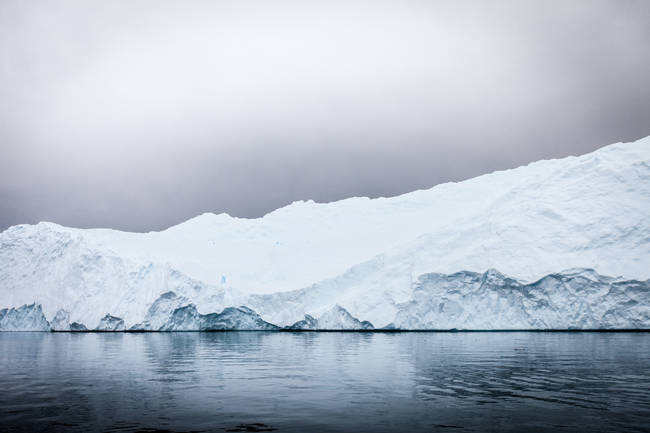 share
share
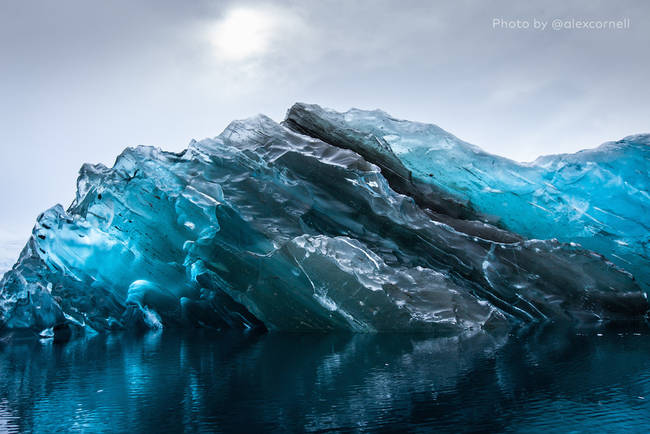 share
share
 share
share
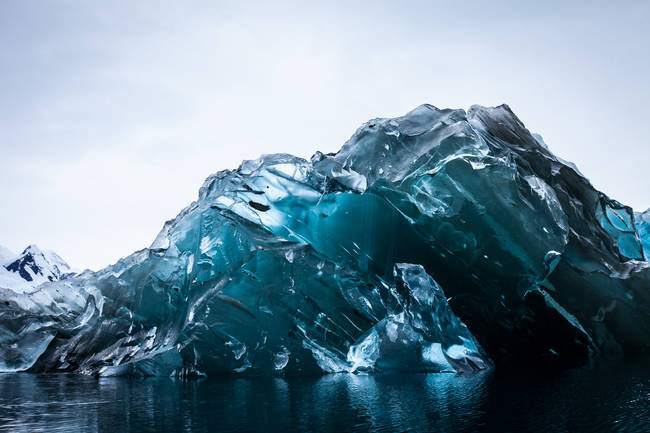 share
share



